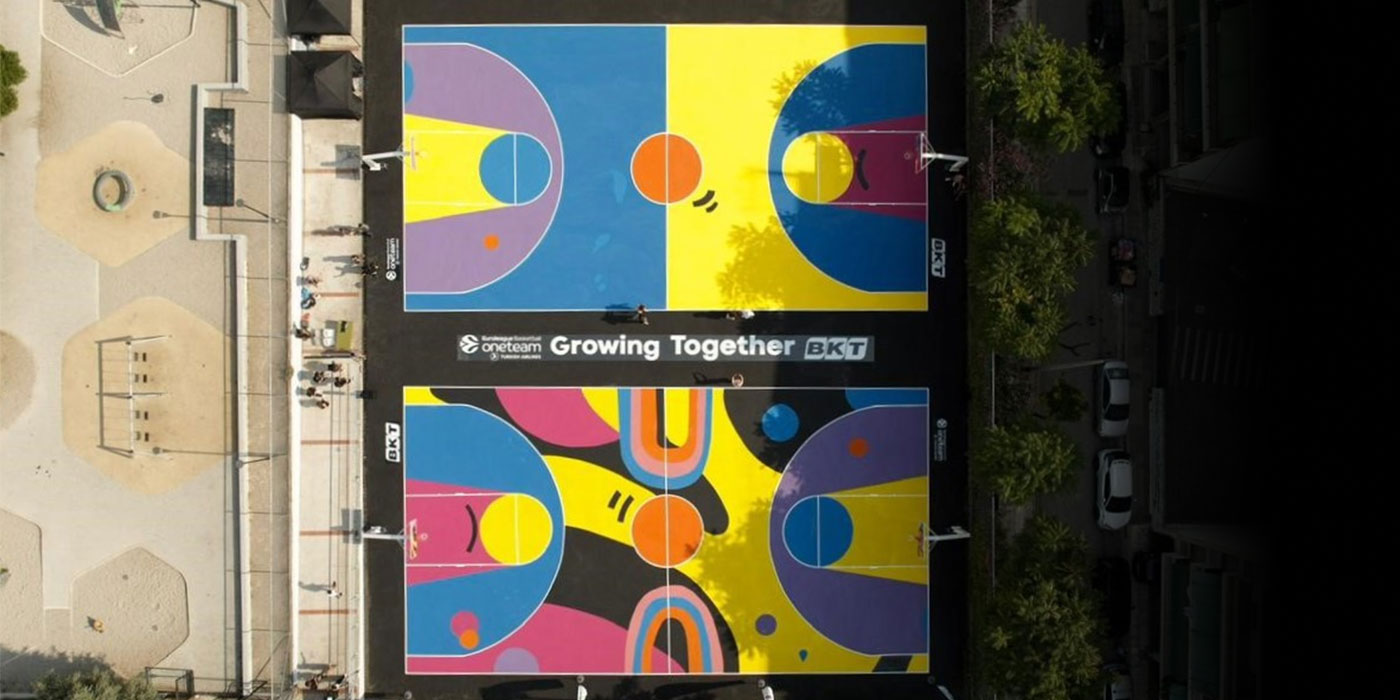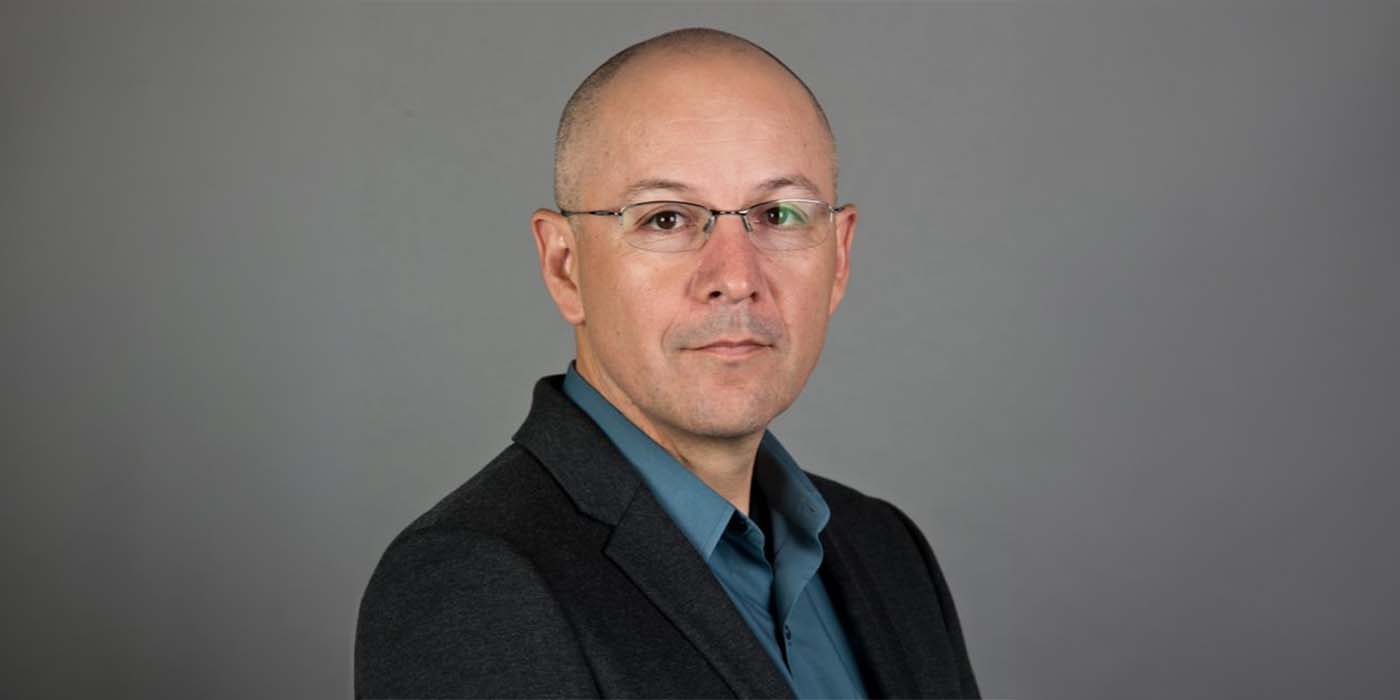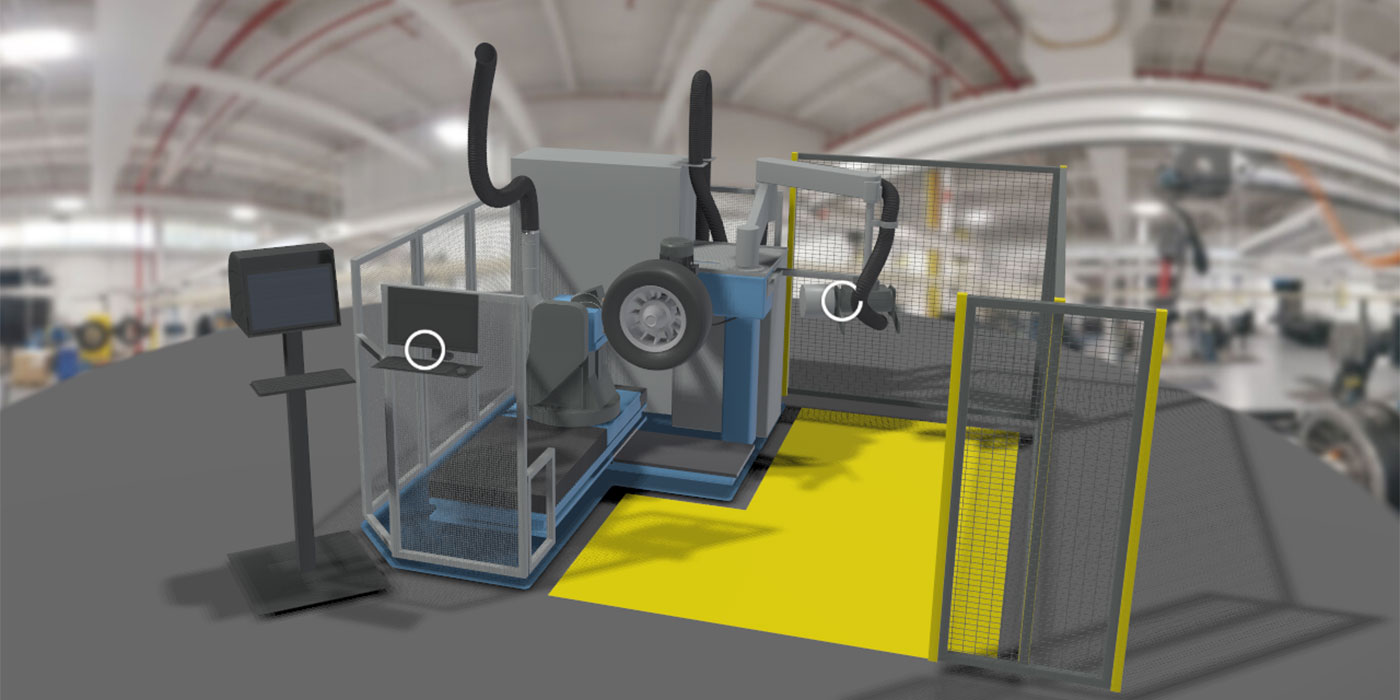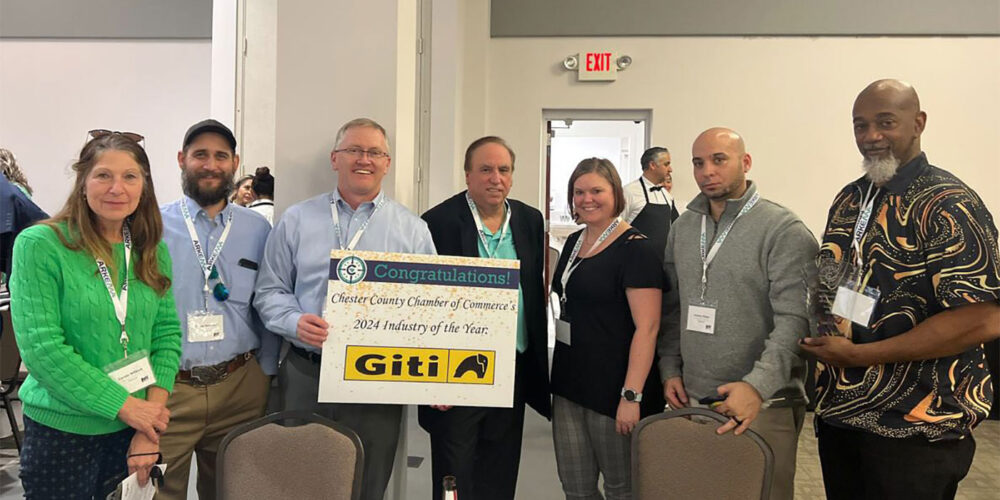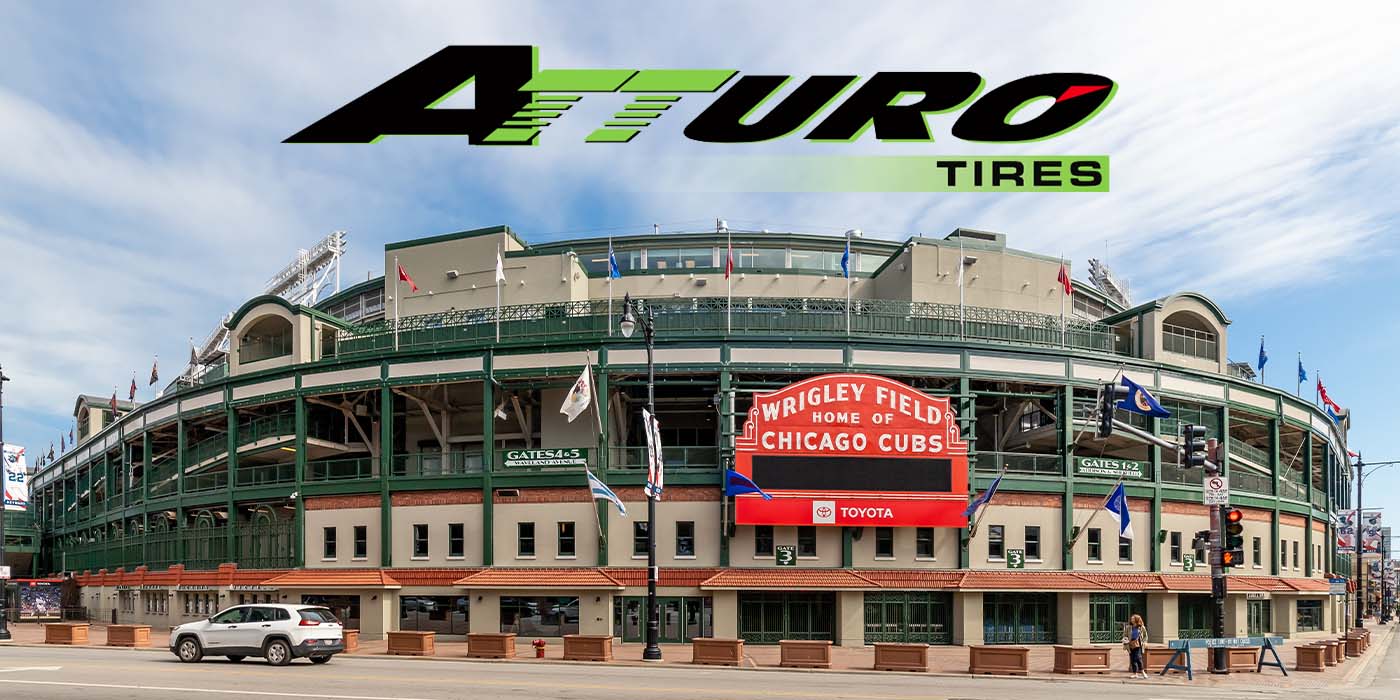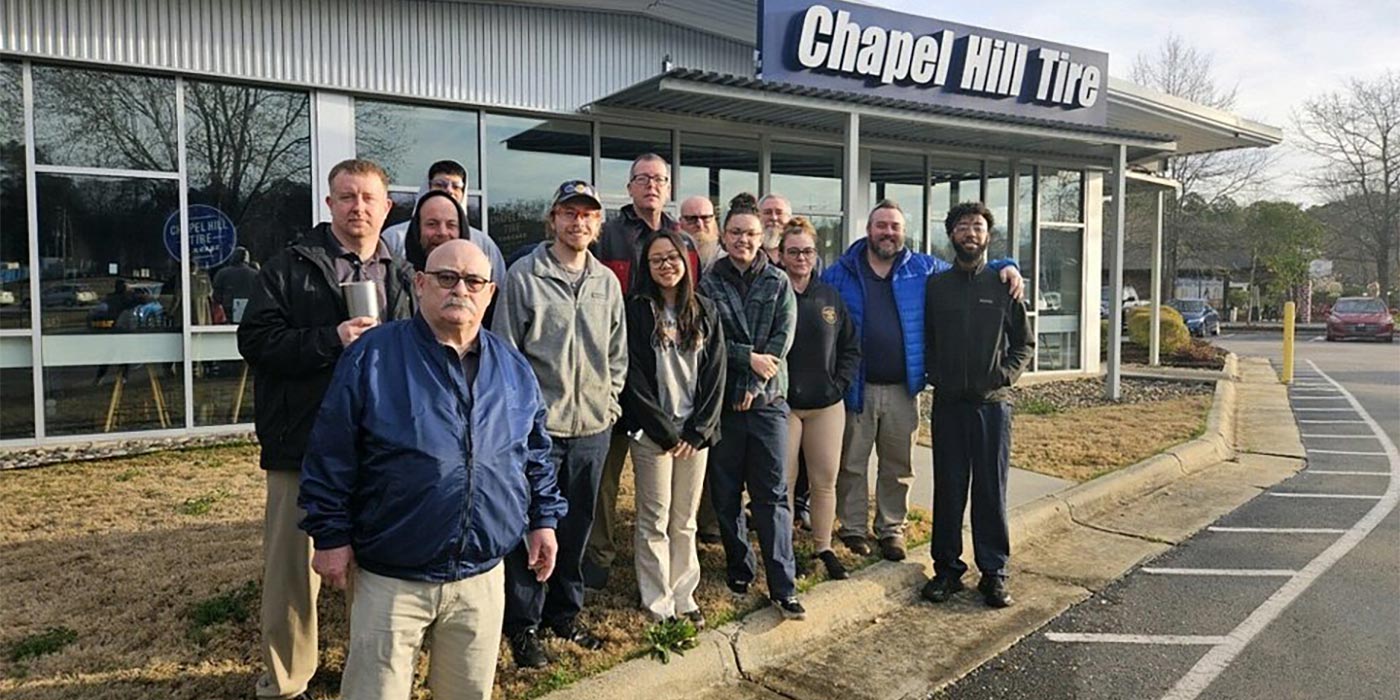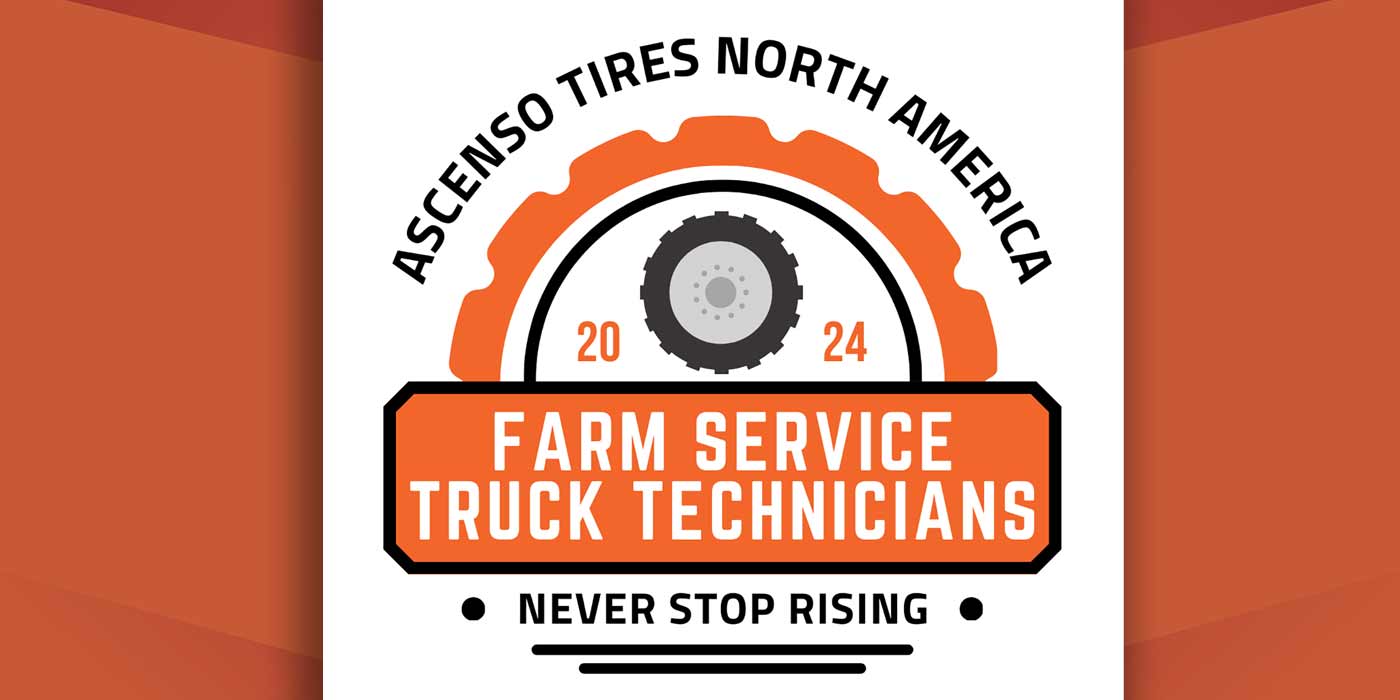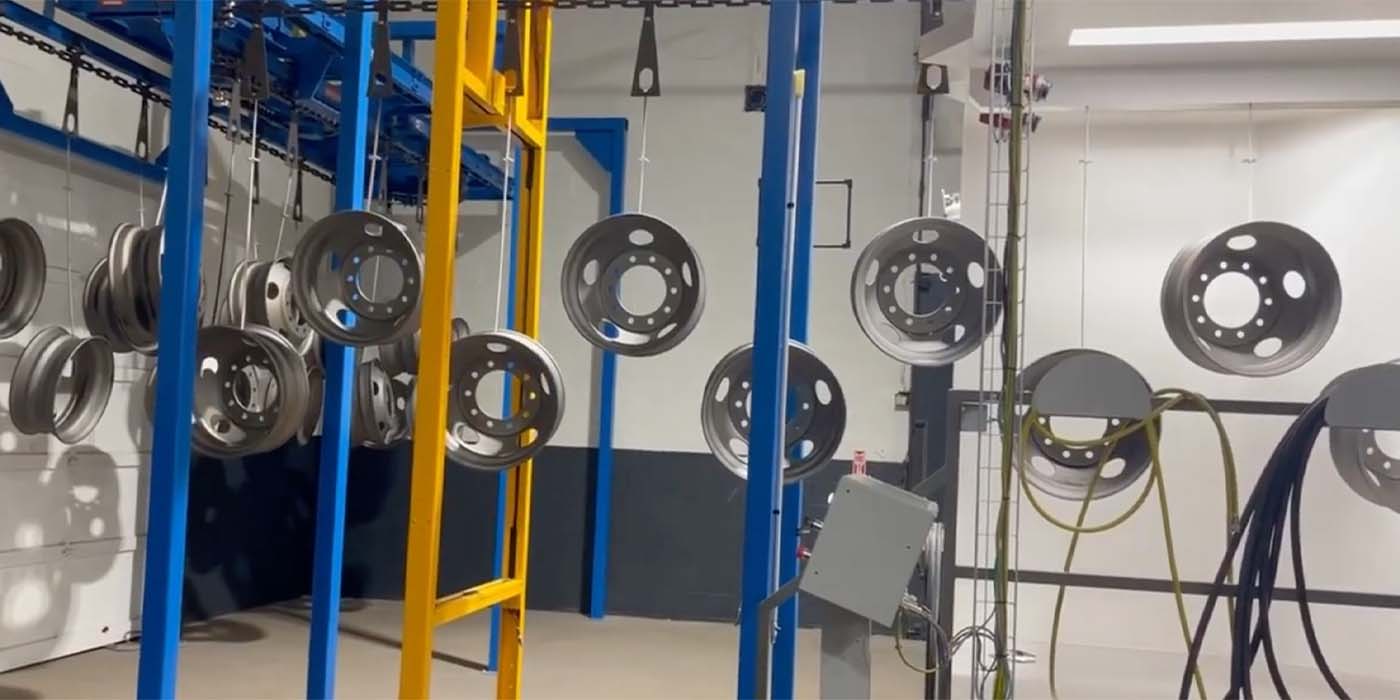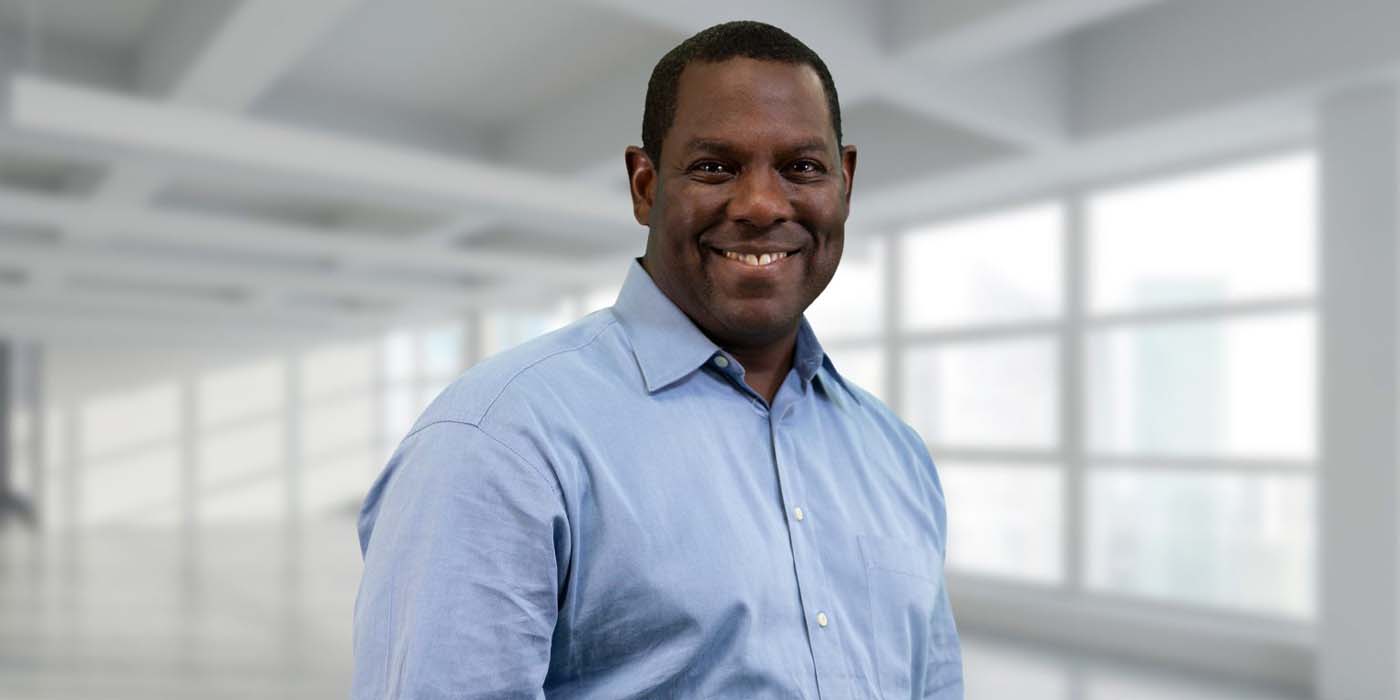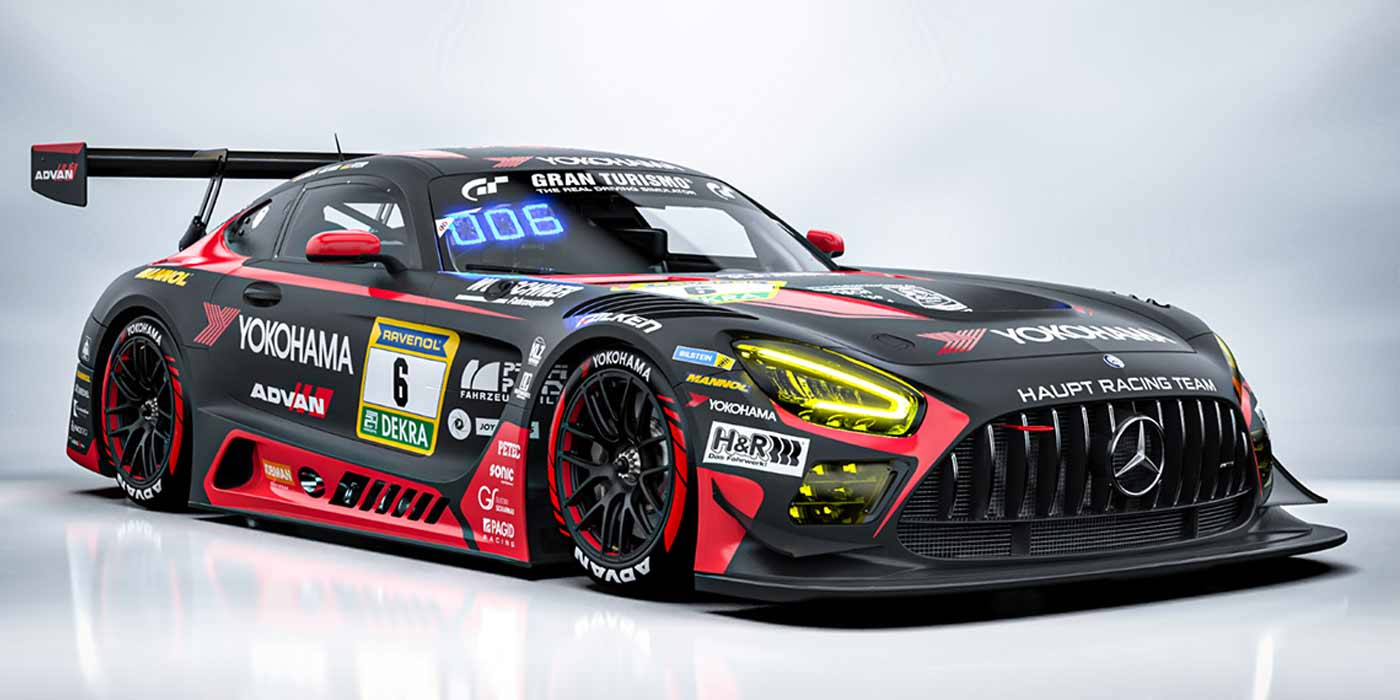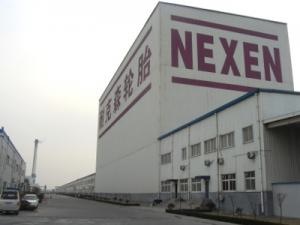 Back in 2010 Nexen Tire Corp. announced plans for a one trillion won ($1.2 billion) investment in its largest factory yet in Changneyeong in the same region as its first plant (Yangsan), which along with the company’s second plant in Qingdao, China, continues to expand.
Back in 2010 Nexen Tire Corp. announced plans for a one trillion won ($1.2 billion) investment in its largest factory yet in Changneyeong in the same region as its first plant (Yangsan), which along with the company’s second plant in Qingdao, China, continues to expand.
Just before the start of the Chinese New Year, Tyres & Accessories had the opportunity to visit Nexen at its home in South Korea and at its facilities in China, and saw how the company is implementing its plans to become a $2.5 billion company in the next five years.
When you look at the company’s growth during the previous six years, there is every possibility that the Nexen will achieve this goal. Before the company’s full year 2010 audited results were released, financial analysts predicted the company would report sales in excess of $800.8 million. In fact, Nexen managed the best part of $1 billion in 2010, for the first time in the company’s history. And in spite of the economic downturn in 2009, Nexen broke all its records with sales of $877 million the year before.
According to the company, “this outstanding performance came from aggressive marketing strategy to U.S. and European markets and uplifting brand power in Korean domestic markets.” And the compound annual growth rate the company has achieved between 2004 and 2010 (21.9%) would seem to suggest that reaching annual sales of $2.5 billion in the next five years is within reach.
Most of the recent Nexen developments alluded to above – the new factory, the expansion plans and the sales target – have taken place since the company made a series of strategic appointments to its top level management last year. Nexen elected Hyun-Bong Lee as vice chairman and CEO along with the appointment of Byung-Woo Lee as vice president sales division – both during the first months of 2010. Hyun-Bong Lee was previously CEO of Samsung. More recently, the company appointed Seung-Ku Lee as managing director of global marketing, who joined from Samsung electronics. He brings 25 years of experience, latterly in executive marketing management positions to the new role, rolling off the trio of adjustments in the leading sales, marketing and corporate leadership positions.
With the appointments it is clear is that Korea’s oldest tire manufacturer (in its original incarnation the company was founded in 1942 under the Woosung moniker) is seeking to strengthen its global position and extend its market influence. And this means becoming 10th in the world rankings, gaining greater domestic and OE market shares and producing upwards of 56 million tires a year across all three of its factories by 2017.
Despite its arguably slower rate of expansion than its two domestic competitors, the company has premium heritage in its blood that dates back to co-operations with at least one high profile manufacturer in or around the 1990s. Yangsan is Nexen’s global headquarters, from where the company has been operating since 1987. With the headquarters also housing research and development, manufacturing and large-scale distribution operations, it is a good example of how the company’s corporate vision is being outworked throughout the business.
Currently, the Yangsan site produces 57,000 mostly small and medium sized passenger tires (if the product sizes on the production schedule are at the larger end of the range this figure may equate to closer to 50,000 units). On average somewhere between 28% and 32% of the factory’s tire output can be classified as UHP tires – something that Nexen’s Yangsan plant manager and senior production managing director Chang Soo Yang described as 16-inch diameter and above, below 55 series aspect ratio and over V speed rating.
Due to the fact that 70% of the company’s output is destined for export markets where demand exceeds supply (the remaining 30% is split 50/50 between domestic replacement market and almost exclusively domestic OE sales) there is virtually no seasonal fluctuation in production output. In fact, demand currently outstrips supply to the extent that Nexen managed to avoid any cutbacks in production output during the recent recessionary period that saw many leading manufacturers reduce production, draw down stocks and lay off workers.
The only fluctuation in Nexen’s export figures is the proportion sold to the U.S. vs. Europe the lion’s share of the 70% export figure goes to the U.S./North American markets in 2010 – 50% of exports. After this Europe is the next large market, with 25% of the export output ending up here. The Middle East/Africa and Asia Pacific regions account for the remaining 10% between them.
One reason for the dominance of the U.S. market in 2010 was because of a favorable exchange rate with the South Korean won, making the U.S. an attractive destination both because of its apparently unrelenting demand for high performance sizes and because of the profitability on offer here. However, at the start of 2011 early indications show that percentage share could be moving back the other way this year. Company representatives told T&A that they still think the U.S. has the “biggest and best UHP” market, but they are also clearly interested in developing their European presence, too.
So, in order to meet this burgeoning demand and its medium and long-term goals, last year Nexen announced that it would make a series of investments in expanding its tire manufacturing capabilities. The headline figure was, of course, the 1 trillion won plant in Changnyeoung, South Korea, in a similar corner of the country to the existing Yangsan factory.
However, the company also plans to increase output at the Yangsan plant by around 10% to 60,000 tires a day, based on a 277 day working year this brings annual tire output to about 16.62 million up from around 16 million in 2010.
In order to achieve this goal, which is driven by a desire to improve the quality and capabilities of its products in addition to realizing the firm’s corporate ambitions, the company recently invested in 10 new curing molds at Yansang (brining the total to 237) and a new mixing system manufactured by HF (formerly known as Thyssen Krupp) optimized for the production of high silica compounds and an undisclosed number of quadrex extruders made by Berstoff (Germany).
However, once the expansion of Nexen’s Yansan plant is complete at the end of 2011, the factory will have reached its terminal capacity. Due to the fact that there is no more available land around the production site, further increases in capacity will be virtually impossible. And this provides another reason why the company has opted to build the new mega plant in Changnyeoung, South Korea.
The company initiated its globalization strategy in 2008 and the same year began producing tires at the Qingdao site. Now the Qingdao plant has been up and running for some time and is currently producing 6 million units a year. This is set to increase to 23,000 tires a day by the end of May 2011, with further expansion continuing virtually every year until the long-term goal of 20 million units annual output is reached in or around 2017.
In addition to the Chinese production base, Nexen runs five sales branches across China but centering on the large cities of the country’s Eastern seaboard. In 2010 47% of the tires produced at the Qingdao factory were delivered to customers in Europe, but this European export dominance is likely to change when Nexen’s new Cheongnyang factory comes on stream. Then Nexen will seek to leverage the contacts made by its sales branches and increase the proportion of Qingdao’s output sold to domestic Chinese customers. There is also likely to be an increase in the proportion of tires sold to OE customers, in line with the company’s overall goal of increasing sales particularly quickly to vehicle manufacturers.
As far as tire brands produced in Qingdao are concerned, the ratio of Nexen to Roadstone tires produced in Qingdao is reportedly 90:10. No other private or exclusive brands are produced at the factory.
The next upgrade in the building section will see the installation of VMI builders, which are likely to be installed by the end of May. Due to the fact that the Qingdao factory, like the Yangsan site does currently and the Cheongnyang plant will do when it is completed, produces tires with high silica compounds, the company also invested in improved mixing equipment to enhance to company’s low rolling resistance capabilities.
When T&A visited the plant 84 banks of Mitsubishi double curing presses could be seen in operation, meaning up to 168 tires can be at in some part of the vulcanization process at any given time. A virtually empty second production hall could also be seen in the distance. This is designed to twin the existing production line and therefore double whatever the company manages to achieve from the first line. That said there is still space to build further production on-site.
As far as quality control is concerned, 100% of Nexen tires produced at Qingdao have to pass through rigorous manual inspects and fully automated uniformity testing. A further 15% sample of production is also x-rayed.
Like Yangsan, Qingdao operates a very modern 100% automatic warehousing system capable of storing up to 400,000 tires thousands of rack units at any given time. In addition the plant stores a further 200,000 tires in a semi-automated warehouse alongside the automated stock system.
The Qingdao site is also home to a compact R&D center, which Nexen calls its TNC. The 30 staff there work on the development of tires for both domestic and export customers in conjunction with the company’s other sites and the lead research center alongside the Yangsan factory in South Korea. Staffing levels and investment in R&D are expected to increase in line with the growth of the site’s production capacity and there is even talk of a possible addition of an on-site proving ground in the next five to 10 years.
During 2010 Nexen China completed its second phase of investment and achieved ISO 14001 and TS 16949. As important as these are, bearing in mind how historically export focussed Nexen is, the fact that the company’s Qingdao plant gained certification for the world’s largest tire retailer in 2009 is probably just as much cause to celebrate.
Company representatives didn’t explain whether or not they had opted to supply Walmart from their South Korean manufacturing base in light of the U.S. government’s Chinese made tire import tariff. What is interesting to note from the breakdown of Nexen Qingdao’s export destinations is that the vast majority of tires produced here are destined for Europe for sale via leading customers such as Stapleton’s and BITS, the exclusive U.K. Nexen and Roadstone distributors, respectively.
After Europe the next largest export destination for tires produced at the Qingdao factory is the Americas region (which includes North, Central and South America), followed by the Middle East and Africa (7%) and Asia and Oceania (5%). This leaves 18% of production (1.1 million tires) being produced for sale in the Chinese replacement market. However, once again, the supply from the new South Korean plant is likely to have a significant impact on where tires produced in Qingdao end up. Chinese OE and replacement tire markets would seem to be preferred choice.
Targeting production of 56 million tires, turnover of $2.5 billion and increased OE sales would seem to be a tall order, but the company’s investments expansion and commitment to double marketing budgets over the coming years back up theses intentions. And a fusion of the kind of strategies that have served successful South Korean companies outside the tire sector looks likely to be the way the company plans to do it. (Tyres & Accessories)

